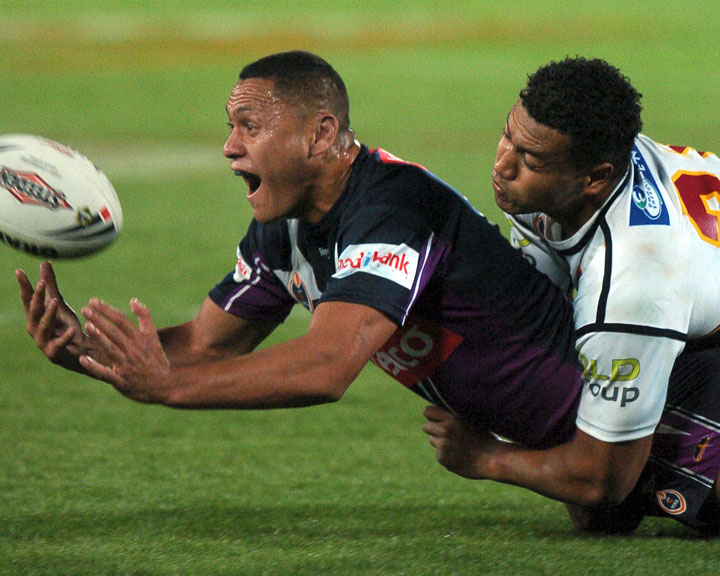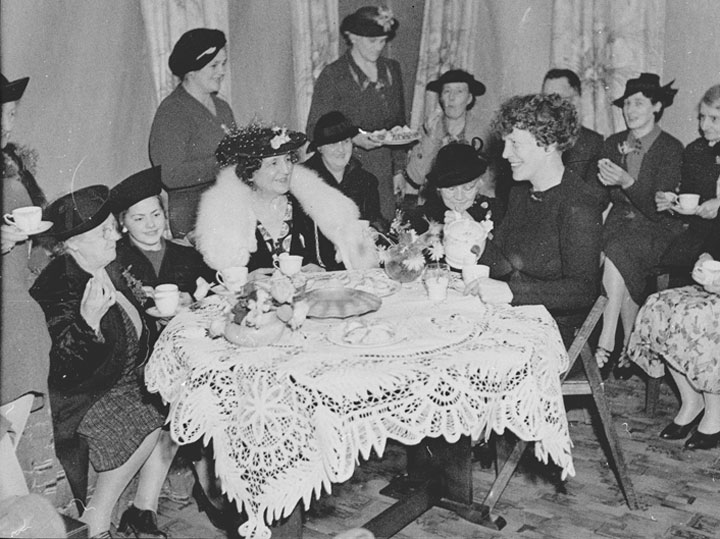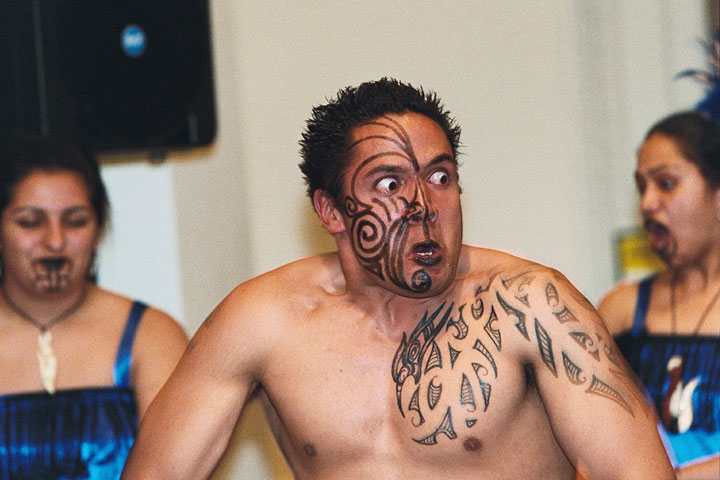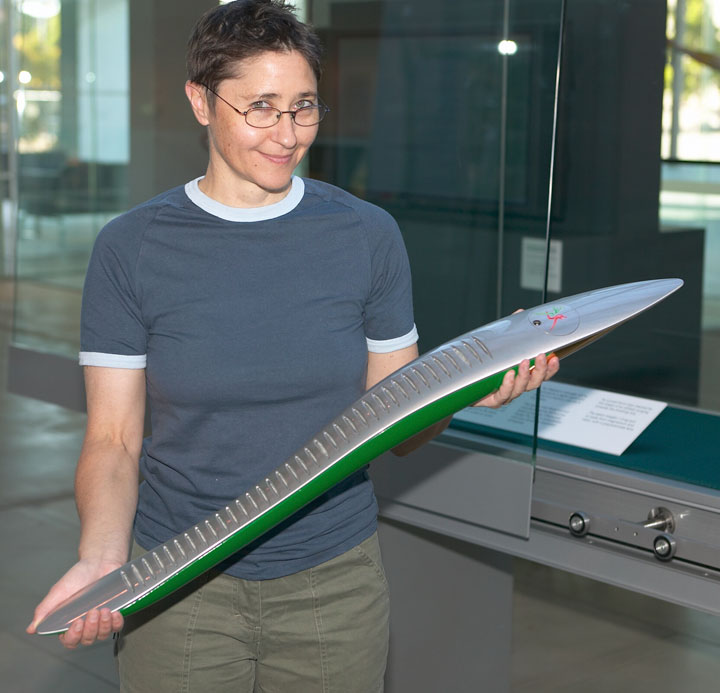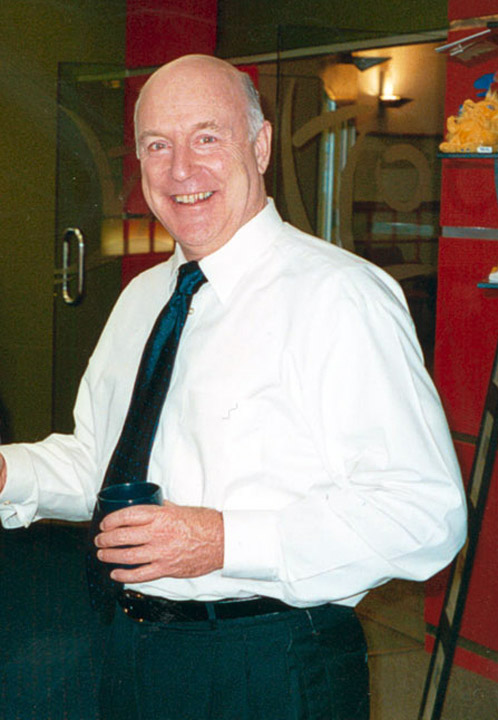Immigration History from New Zealand (Maori) to Victoria
Mai te wā ka whakapūakitia a Niu Tīreni, he whenua i haumarutia e Ingarangi i roto i ngā tau 1840, he nui ngā whānaungatanga ā iwi, e hāere tonu nei, e whakawhiti atu ana ki Te Moana o Te Tāhimana.
I roto i ngā tau 1880’s, ka tū te pāheketanga ki Niu Tīreni, ā, ka timataria e hia kē nei ngā mano rau tāngata ki te whakawhiti atu ki Wikitōria, mō te paraketu mahi nei te take. Nō te tau 1891, ko te taupori o ngā tāngata i whakawhānau i Niu Tīreni kei Wikitōria, kua eke ki te 12,026. I roto i te ngahurutanga, neke te toru mano tāngata i wehe atu ki runga i te pāheketanga i Wikitōria i te tau 1890’s, ā, kāre i piki te nui o te hāpori tae rānō ki ngā tau 1960’s.
He pāheketanga ohaoha i ngau kino nei a Niu Tīreni i roto i ngā tau 1960’s me ngā tau 1970’s, ko tōna huanga mai, ka kite i te pikitanga ake o te heke ki Ahitereiria. He waingōhia noki te hekenga ki reira, nā te mea, ka tāeatia katoatia ngā iwi o Niu Tīreni ki te hāere ki Ahitereiria, ā, kua kore e tono i a koe ngā tuhinga kāwanatanga i taua wa, i pēra noki mō te hunga e noho mai ana i Ahitereiria. Hākoa, ka hakamauhia tō Uruwhenua mai te tau 1982, ko te taupori o ngā tāngata o Niu Tīreni i whānau ki Wikitōria i kake tonu i tērā tekau tau, ā, e whai pānga ana ki te pāheketanga i Niu Tīreni i ngā tau 1990’s. Mai tērā wā, i eke atu ki te 10% o te taupori o Niu Tīreni e noho ana i Ahitereiria, ā, i hipa noa atu a Niu Tīreni i ngā tangata Ingarangi, ko rātou te iwi nui e noho ana ki Ahitereiria.
I te tau 2011, 80,236 ngā tāngata nō Wikitōria i whānau Niu Tīreni mai. Ko te nuinga he kōrero pākehā i te kāinga, ā, neke atu ki te 1.5% i kōrero i te reo māori. Ko te nuinga o te hunga heke mai i Niu Tīreni, ko ngā Anglo-Celtic, te nuinga o rātou he Karaitiana. Ko te nui o ēra tāngata kei te noho i Poi-Piripiri, pērā ki ngā hāpori o Casey me Boorondara.
42% o ngā Niu Tīreni i whānau i te kāinga kei Wikitōria e mahi ana ki roto i ngā tūranga mātanga, ētahi he kai-patopato, ētahi he mahi tauhokohoko, ā, ētahi e mahi Kai-tautoko ana. Na te mata tonu o te hāpori nei, ā, he hikaka nō te hunga i taetae mai ki reira ki te kimi mahi hei ōranga ma rātou. Ko tētahi tauria o tēnei, ko Te Ao Pūoro o Ahitereiria. He nui ngā kaiwhakangāhau, ngā kaiwaiata, ngā roopū hītengitengi, ngā kaiwhakaari, pouaka whakaata me ngā tū momo kai waiata katoa, pēra i a Split Enz. Ko te hāpori o Niu Tīreni e noho ana ki reira, tū kōtahi ana o rātou na whakaaro mō tō rātou Hui Taumāhekeheke Māori i a tau, i a tau, i tū i roto i ngā rā whakatā i mua i te Melbourne Cup. Ko te hāpori o Niu Tīreni e noho ana ki reira, tū kōtahi ana o rātou na whakaaro mō tō rātou Hui Taumāhekeheke Māori i a tau, i a tau, i tū i roto i ngā rā whakatā i mua i te Melbourne Cup.
